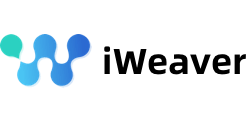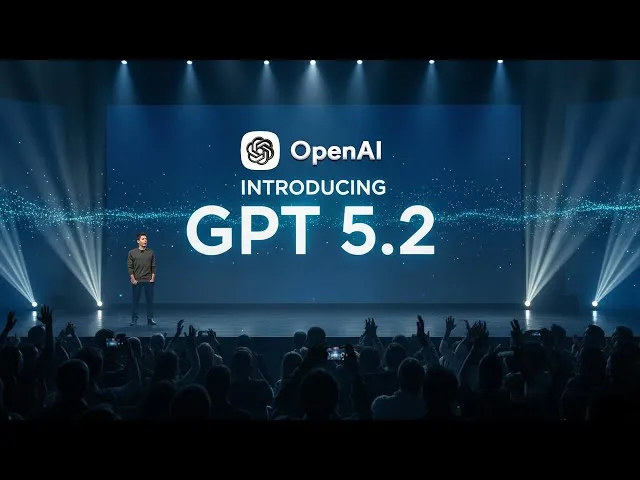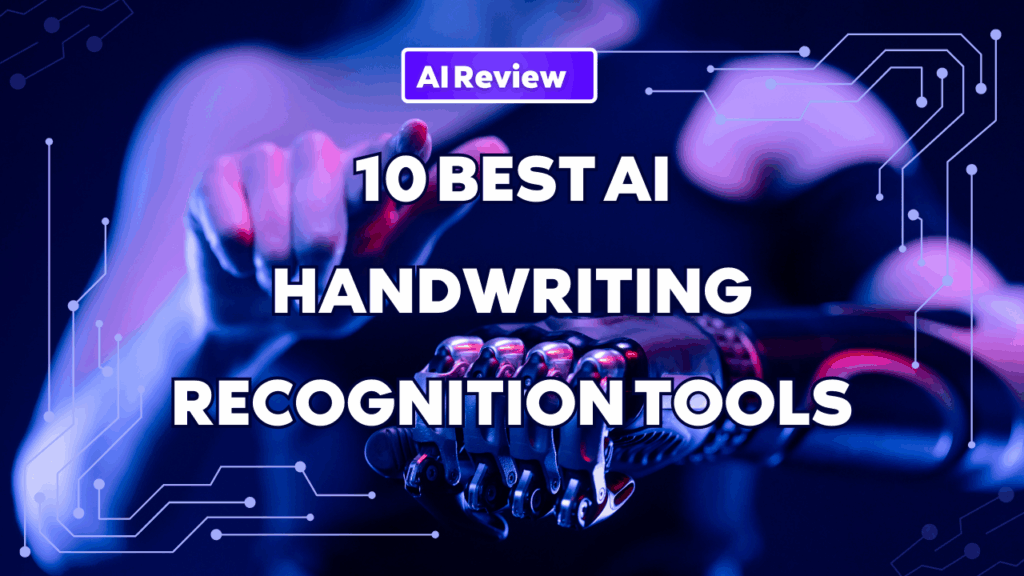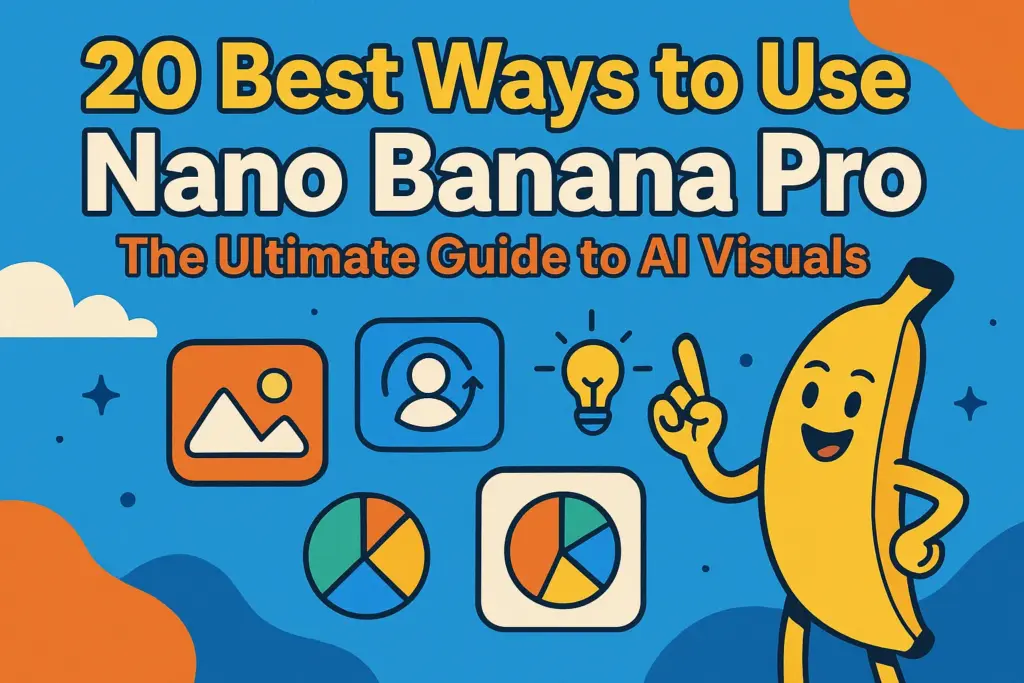오늘날의 이미지를 텍스트로 풍경, 두 가지 주요 기술은 시각적 데이터를 편집 가능하고 검색 가능한 텍스트로 변환하는 방식을 형성하고 있습니다. 광학 문자 인식(OCR) 그리고 대규모 언어 모델(LLM)이 기사에서는 두 기술의 작동 방식을 분석하고 장점을 비교하며 그 이유를 설명합니다. iWeaver 이미지를 텍스트로 OCR과 AI 언어 이해의 가장 진보된 통합을 제공합니다.
OCR 기술이란?
OCR(광학 문자 인식) 스캔한 문서, 사진, 스크린샷 등 이미지 속 텍스트를 자동으로 식별하여 편집, 검색 및 분석 가능한 데이터로 변환하는 기술입니다. 핵심 프로세스는 다음과 같습니다. 이미지 전처리, 문자 분할, 특징 추출, 텍스트 인식, 그리고 수정 후.
OCR은 다음과 같은 구조화되고 명확하게 인쇄된 형식에서 탁월합니다. 송장, 계약서, 양식 및 신분증 스캔. 인기 있는 예로는 다음이 있습니다. 캠스캐너 그리고 어도비 아크로뱃.
주요 장점:
- 이미지를 구조화되고 계산 가능한 데이터로 빠르게 변환합니다.
- 표준화되고 고품질의 문서에서 높은 정확도를 보장합니다.
- 수동 입력 시간과 노동 비용이 크게 줄어듭니다.
주요 제한 사항:
- 이미지 품질이 좋지 않거나, 손으로 쓴 텍스트 또는 복잡한 레이아웃을 사용하면 정확도가 떨어집니다.
- 종종 고정된 템플릿을 사용합니다. 즉, 형식이 변경되면 인식이 손상될 수 있습니다.
- 에 초점을 맞춘다 무엇 텍스트가 나타나지만 나타나지 않습니다 그게 무슨 뜻이야—제한된 의미 이해.
LLM 기술이란 무엇인가요?
LLM(대규모 언어 모델) 이 기술은 현대 AI의 획기적인 발전을 보여줍니다. 방대한 텍스트 데이터셋(그리고 경우에 따라 다중 모드 데이터(텍스트 + 이미지))을 학습한 LLM은 자연어를 이해하고, 생성하고, 추론할 수 있습니다. 일부 모델은 시각적 이해와 텍스트 이해를 연결하여 이미지의 의미를 해석하기도 합니다.
대표적인 예로는 ChatGPT(OpenAI), Claude(Anthropic), DeepSeek(DeepSeek AI) 등이 있습니다.
주요 장점:
- 인식을 넘어 LLM은 의미를 이해하고, 맥락을 요약하며, 통찰력을 생성합니다.
- 손잡이 비정형 콘텐츠, 혼합 언어, 그리고 복잡한 문서 레이아웃 더 큰 유연성으로.
- OCR 출력과 잘 작동하여 다음을 제공합니다. 의미적 교정, 맥락 강화, 그리고 지식 기반 요약.
주요 과제:
- 높은 계산 및 훈련 비용.
- 낮은 해상도나 왜곡된 텍스트의 경우 여전히 OCR이나 시각적 모듈에 의존합니다.
- 대규모 기업에서 사용하는 경우 안정성, 규정 준수, 비용 효율성이 균형을 이루어야 합니다.
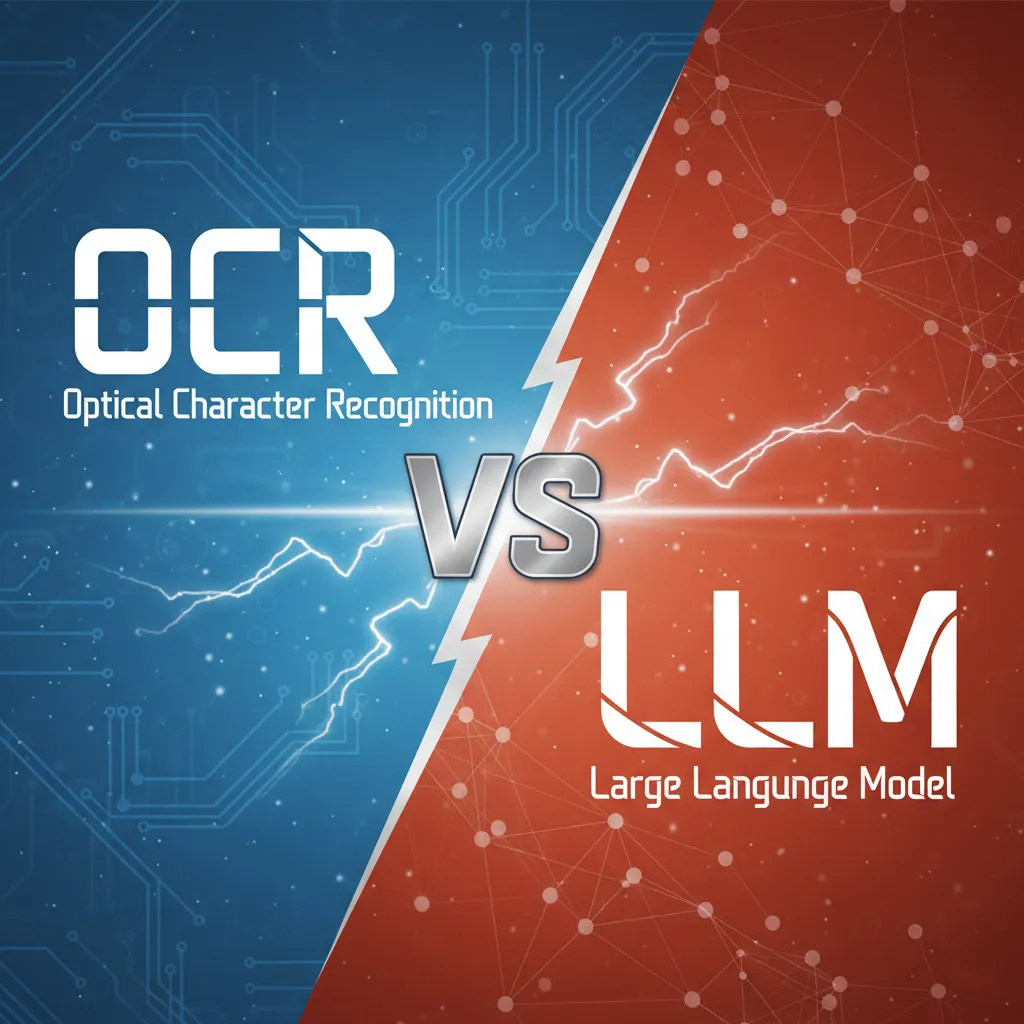
OCR과 LLM: 유사점과 차이점 설명
| 차원 | OCR(광학 문자 인식) | 이미지-텍스트 변환 작업에서의 LLM(대규모 언어 모델) |
| 핵심 기능 | 이미지에서 텍스트 문자를 추출하고 인식합니다. | 텍스트의 의미와 맥락을 이해하고, 언어 기반 출력을 생성하거나 분석합니다. |
| 입력 유형 | 이미지 → 텍스트 추출. | 이미지(또는 텍스트) → 모델 이해 → 텍스트, 의미 또는 구조화된 결과의 출력. |
| 구조 종속성 | 높음 — 미리 정의된 템플릿이나 고정된 레이아웃을 사용합니다. | 낮음 - 레이아웃이나 구조 변화에 유연하고 적응성이 뛰어납니다. |
| 의미적 이해 | 제한적 - "텍스트가 말하는 내용"에 초점을 맞춥니다. | 강력함 - "텍스트의 의미"와 "텍스트를 더 처리하는 방법"을 해석합니다. |
| 최상의 사용 사례 | 체계적인 양식, 인쇄된 문서, 깔끔한 레이아웃. | 혼합형 또는 비구조적 레이아웃, 의미가 풍부하거나 맥락 중심적인 콘텐츠. |
| 배포 비용 | 낮음 — 성숙한 기존 OCR 시스템은 구현하기 쉽습니다. | 높음 - 고급 교육, 컴퓨팅 성능, 모델 유지 관리가 필요합니다. |
| 오류 허용 및 적응성 | 레이아웃이나 형식 변경에 민감하며, 복잡한 입력으로 인해 정확도가 떨어집니다. | 입력 변화에는 더 강하지만, 여전히 매우 낮은 품질의 이미지에 어려움을 겪습니다. |
OCR은 다음에 초점을 맞춥니다. 명확하게 보는 것LLM은 다음을 전문으로 합니다. 깊이 이해하다. 대부분의 최신 AI 문서 시스템에서는 서로를 대체하지 않습니다. 함께 일하다OCR은 텍스트를 추출하고, LLM은 이를 해석하고, 수정하고, 체계적이고 의미 있는 통찰력으로 변환합니다.
이 시너지는 핵심입니다 iWeaver 이미지를 텍스트로.
왜 선택해야 하나요? iWeaver 이미지를 텍스트로?
텍스트 추출에만 그치는 기존 OCR 도구와 달리 iWeaver 이미지를 텍스트로 사이의 격차를 메운다 인식 그리고 이해텍스트를 정확하게 식별할 뿐만 아니라 차트, 슬라이드, 시각적 문서를 해석하여 체계적인 요약과 의미적 개요를 생성합니다.
비디오나 문서와 같은 복잡한 요구 사항에 직면하더라도 iWeaver는 OCR과 LLM 기술을 결합하여 편집 가능한 텍스트를 빠르게 생성할 수 있습니다. 예를 들어, PDF를 마인드 맵으로 생성된 콘텐츠의 세부적인 수정과 테마 색상 변경을 지원하며 이는 다음과 같은 도구와 다릅니다. 노트GPT 또는 스몰PDF.
iWeaver의 핵심 장점:
- 듀얼 엔진 통합: 정확한 OCR 인식과 LLM 의미 추론을 결합하여 더욱 심층적이고 맥락적인 이해를 제공합니다.
- 즉각적인 결과: 설정이 필요 없습니다. 파일을 업로드하기만 하면 편집 가능한 텍스트와 구조화된 요약이 자동으로 생성됩니다.
- 다국어 및 유연성: 영어, 중국어 및 여러 언어를 지원하며, 손으로 쓴 문서나 비표준 문서도 포함됩니다.
- 지식 워크플로 통합: 결과는 iWeaver의 노트, 개요 또는 마인드 맵으로 즉시 정리할 수 있어 원활한 "인식 → 이해 → 정리" 파이프라인을 만들 수 있습니다.
- 모든 시나리오 적용: 학술 연구, 회의록, 보고서 작성, 콘텐츠 제작에 이상적입니다.
OCR에서 LLM 기반 문서 인텔리전스로의 이러한 전환은 단순히 텍스트를 인식하는 것에서 그 의미를 진정으로 이해하는 것으로 패러다임의 전환을 의미합니다. 이러한 변화를 뒷받침하는 DeepSeek의 최근 OCR 기술 업데이트 기능적 최적화보다 구조적 개선을 강조합니다. 이 접근 방식은 토큰 압축을 활용하여 공간 비용을 크게 줄이고 처리 효율성을 향상시킵니다. 이러한 기술의 발전은 "이미지"와 "텍스트"의 구분을 점차 모호하게 만들 것이며, 이는 산업 전반에 걸쳐 AI 기반 문서 이해의 새로운 지평을 열 것입니다.
